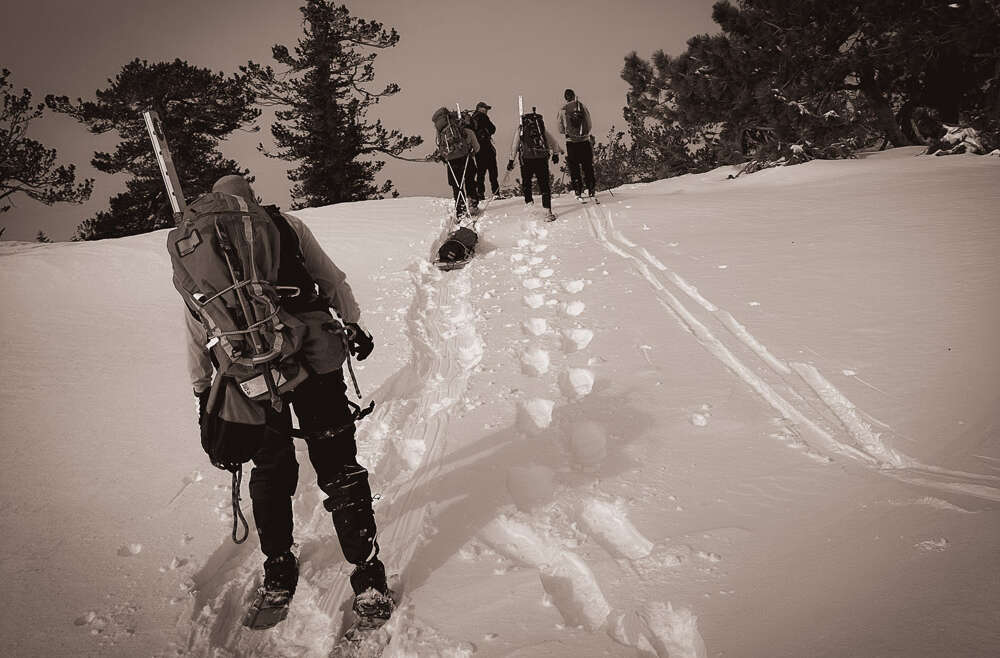Winter survival skills are crucial in search and rescue operations, especially in cold and snowy environments where conditions can be harsh and unpredictable. Rescuers must be prepared to face extreme temperatures, blizzards, and icy terrain, which can significantly impact both the search efforts and the well-being of the rescuers and victims.
Key aspects of winter survival include:
Proper Clothing and Gear: Wearing layered, insulated clothing and using appropriate gear like snowshoes, crampons, and thermal blankets to maintain body heat and mobility in cold conditions.
Shelter Building: Knowing how to construct temporary shelters, such as snow caves or igloos, to protect against wind and cold, providing a safe space for both rescuers and victims.
Fire Starting: The ability to start and maintain a fire is essential for warmth, cooking, and signaling for help. Rescuers must be skilled in using various fire-starting methods, even in wet or snowy conditions.
Navigation and Orientation: Using maps, compasses, and GPS devices to navigate through snow-covered landscapes where landmarks may be obscured, ensuring that search efforts are efficient and accurate.
First Aid and Hypothermia Prevention: Providing immediate medical care for cold-related injuries, such as frostbite and hypothermia, and knowing how to prevent these conditions through proper hydration, nutrition, and warmth.
Avalanche Awareness: Understanding the risks of avalanches and knowing how to recognize warning signs, use avalanche beacons, and perform rescue techniques in case of an avalanche.
Mastering these winter survival skills ensures that search and rescue teams can operate effectively and safely in cold environments, increasing the chances of successful rescues and minimizing risks to both rescuers and victims.

